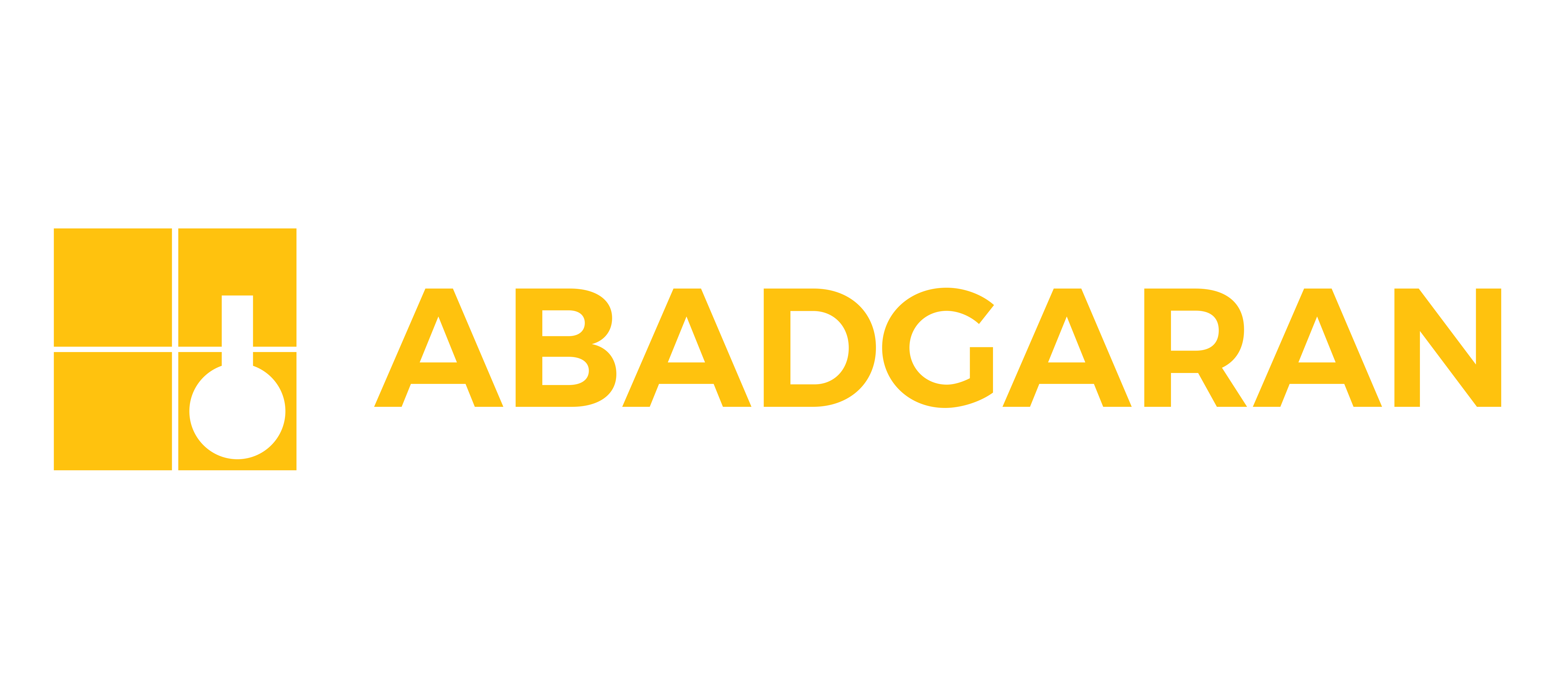
Please wait, loading...

Please wait, loading...

![]()

Introduction
Water plays a crucial role in concrete mix design, as concrete production relies heavily on water. Although the amount of water used per batch is small, the large global volume of concrete production makes reducing water use important. Drinking water is considered suitable for concrete production. Water is used in mixing, curing, cleaning concrete delivery pipelines, and truck washout.
Optimal Water-Cement Ratio
In concrete mix design, the optimal water-cement ratio must be precisely determined to achieve the desired concrete properties. Sufficient water is necessary for workability, but excess water reduces durability, lowers strength, and weakens the concrete. Therefore, maintaining the proper water-cement balance is essential for durable, strong concrete structures.
Additionally, the quality of mixing water is vital. Drinking water, due to its regulated chemical composition, is preferred for consistent concrete mixes. Water purity and the water-cement ratio are interconnected factors affecting strength and durability.
Thus, water is a critical component in mix design that significantly influences concrete strength, durability, and overall quality when used in the right proportion and quality.

The water-cement ratio greatly affects concrete strength. Lower ratios increase compressive and flexural strength, improve durability, reduce shrinkage, and enhance resistance to cracking and permeability by producing a denser concrete structure with fewer air voids. Conversely, higher ratios decrease strength by creating more voids and weaker cement particle bonding.
Maintaining an optimal water-cement ratio is crucial for achieving the desired performance in concrete structures.
Strategies to Reduce Drinking Water Use in Concrete Mixes
Several methods help reduce drinking water consumption in concrete production:
Consequences of Excess Water in Concrete Mix
Excess water leads to:

Common Causes of Excess Water
Addressing these causes with training and proper quality control ensures consistent concrete quality and durability.

Superplasticizer and Strong Water Reducer POWERPLAST-RM
Superplasticizers reduce water demand or increase flow without adding water. They disperse cement particles in the aqueous phase, releasing trapped water to improve fluidity.
POWERPLAST-RM, a polycarboxylate ether-based superplasticizer, can reduce water by up to 30%, lowering water-cement ratio and capillary pores, decreasing water absorption and permeability, and increasing mechanical strength. It allows achieving the same slump with less water or higher slump at constant water, improving compressive strength and durability.
Effects of Using Too Little Water
Using insufficient water causes:
Summary
Reducing water consumption is a key environmental challenge since potable water is limited. Despite low unit water use in concrete, reusing process water and non-potable sources enhances sustainability.
The concrete industry can reduce potable water use by aligning design parameters with structural requirements, employing water-saving technologies, and adopting non-potable water sources, all while maintaining durable, sustainable concrete products.
Conclusion
Excess water, although improving workability, significantly compromises strength, long-term performance, and durability of concrete. Maintaining the appropriate water-cement ratio is critical to achieving desired concrete properties.